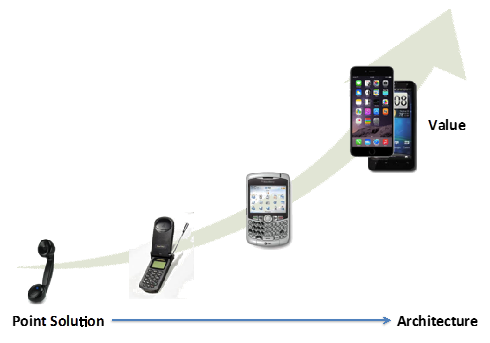Juniper Networks rolled out a major upgrade for its MX Series 3D Universal Edge Routing portfolio, including new line cards and software features that triple throughput and enable network automation.
Some highlights:
“You know you’re onto something when you have a platform that has continually outpaced Moore’s Law since the first MX shipped in 2006. As Juniper’s flagship edge routing platform, the MX Series is the market leader in feature availability, use case support, performance, reliability, scale, and now, with the addition of advanced Junos software features, we are extending our automation capabilities. In an industry that’s constantly touting the ‘new,’ it’s important to remember that customers are making significant technology investments with the expectation that it will continue to deliver ROI for many years. With the MX Series, we believe customers can invest with the confidence that the platform will exceed requirements for future network demands,” stated Jonathan Davidson, executive vice president and general manager, Juniper Development and Innovation.
Juniper noted that its MX series, which was first introduced in 2006, has been deployed by more than 90 percent of the 50 largest telecom companies.
http://www.juniper.net
Some highlights:
- Three new MX Series line cards (MPC7, MPC8 and MPC9) powered by a new iteration of Juniper's programmable Trio silicon. At the high-end, the 400 GbE-ready MPC9 provides an industry-leading 1.6 Tbps of throughput, enabling a single MX2020 to scale to 32 Tbps of throughput, enough to stream more than 2 million 4K videos simultaneously. The MPC7 doubles the performance and density of all currently installed MX240, MX480 and MX960 routers, providing customers with investment protection.
- Juniper Extension Toolkit (JET), which uses open APIs, yields new automation capabilities in Junos software. JET provides a programmatic interface to develop highly customized third-party applications, such as provisioning and self-healing capabilities. These applications can reside on or off the MX2010 or MX2020 to seamlessly interact with the network layer. Not limited to the MX Series, JET is available on all Juniper platforms that run Junos software. In addition, JET includes support for OpenConfig, a standardized, vendor-independent configuration and management capability with customizable YANG data models for flexible vendor integration.
- Junos Telemetry Interface: a high-frequency telemetry export function for optimizing network performance and fault management. Junos Telemetry Interface facilitates SDN/NFV migrations by synchronizing operational states to external controllers. Advanced analytics and real-time data correlation to deliver real-time reporting at scale are made possible through advanced technologies from companies like SevOne, a leading global provider of digital infrastructure management solutions. Junos Telemetry Interface are expected to be available in 1H 2016.
“You know you’re onto something when you have a platform that has continually outpaced Moore’s Law since the first MX shipped in 2006. As Juniper’s flagship edge routing platform, the MX Series is the market leader in feature availability, use case support, performance, reliability, scale, and now, with the addition of advanced Junos software features, we are extending our automation capabilities. In an industry that’s constantly touting the ‘new,’ it’s important to remember that customers are making significant technology investments with the expectation that it will continue to deliver ROI for many years. With the MX Series, we believe customers can invest with the confidence that the platform will exceed requirements for future network demands,” stated Jonathan Davidson, executive vice president and general manager, Juniper Development and Innovation.
Juniper noted that its MX series, which was first introduced in 2006, has been deployed by more than 90 percent of the 50 largest telecom companies.
http://www.juniper.net



















